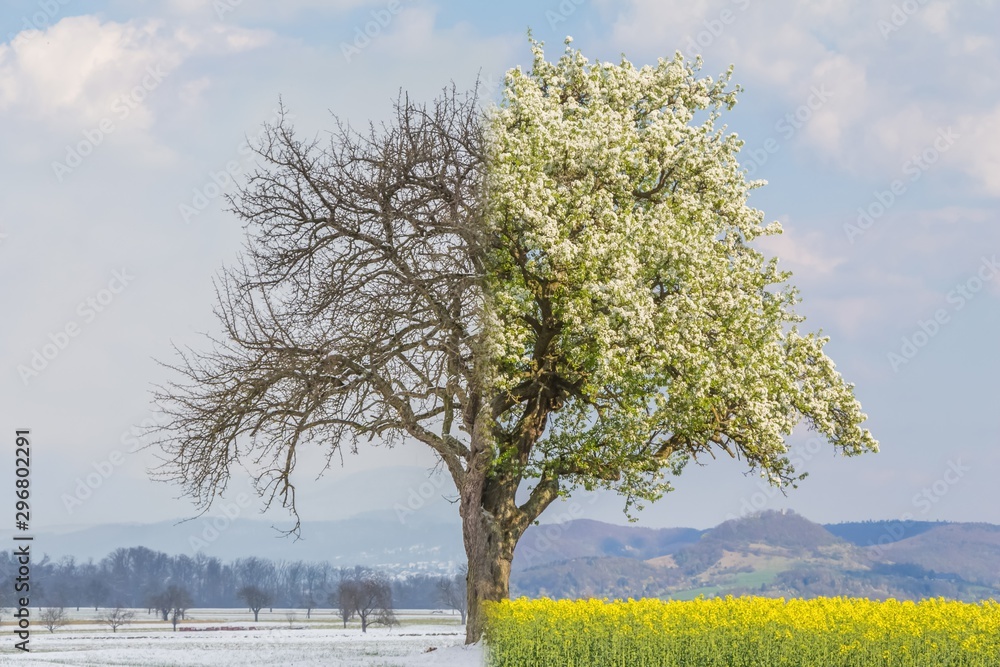Now, with winter coming to a close and spring on the horizon, we can reflect on the season that has passed. Sure, we had some cold d ays, but only two that warranted staying home. Unfortunately, they weren’t true snow days or cold days—they were “e-learning days.” Students and teachers alike have shared their perspectives on both, highlighting the best and worst aspects of snow days and e-learning days. But is one truly better than the other? Ultimately, it all comes down to personal preference.
ays, but only two that warranted staying home. Unfortunately, they weren’t true snow days or cold days—they were “e-learning days.” Students and teachers alike have shared their perspectives on both, highlighting the best and worst aspects of snow days and e-learning days. But is one truly better than the other? Ultimately, it all comes down to personal preference.
If you don’t mind extending the school year into summer, you’re probably missing the old-fashioned snow days. Staying home, playing in the snow, and building a snowman with questionable-colored snow were all part of the experience. No school, no work—just pure winter fun. But those missed school days had a consequence. With Illinois’ unpredictable weather, every snow day pushed summer break further back, turning June 1st into June 2nd, June 3rd, and so on. Cozying up by the fire might be nice, but is it worth sacrificing summer freedom?

Some argue that e-learning is great because it prevents summer break from shrinking. Others believe snow days have lost their magic, replaced by yet another day of school—just in a different format. In the end, whether you prefer the nostalgia of a true snow day or the practicality of e-learning, one thing is certain: winter will always bring its share of surprises.


